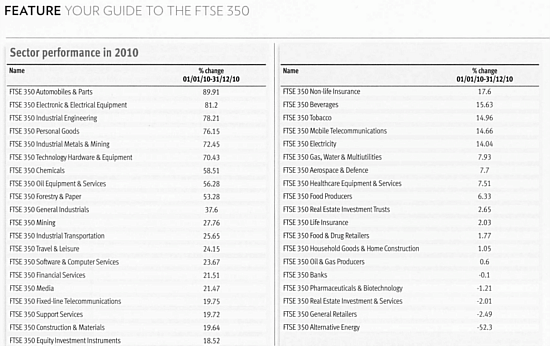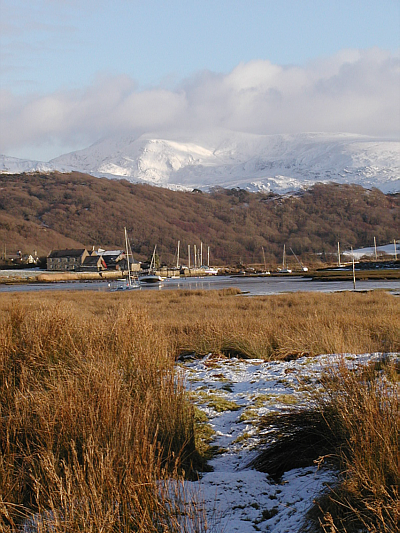Since the Christmas and New Year holidays, I’ve only put up a couple of posts at Harmless Sky, rather than my usual one a week. There’s is a reason – or two or three – for this happening.
At the time when I started Harmless Sky, three years ago, I had already amassed and indexed quite a large quantity of research material concerning climate change and other related subjects. Being a bit of a traditionalist who likes the look and feel of sheets of printed-paper – and who also finds underlining and scribbling in margins useful – this task was not undertaken altogether in the spirit of the new information age; in other words digitally. Looking back it is easy to see that this was a mistake, but on the other hand the technology was rather different when I started. Document management systems were expensive and OCR, on which effective electronic searching of documents depends, was chancy, to say the least.
Over the last three years I have continued to download and print out whatever catches my eye, but the time spent running Harmless Sky has left little opportunity for routine and tedious tasks like indexing. The result is a ‘piling’ system, which by the end of last year had covered every surface in my workroom to a significant depth and was beginning to occupy a steadily increasing area of the floor.
As it happens, I’ve never been too concerned about untidiness; in fact it’s my natural habitat, only mitigated by the influence of an extremely tidy wife. Fortunately for domestic peace and harmony she rarely visits my workroom, and when she does, wisely ignores what she sees. But even I acknowledge that there is a point at which untidiness becomes squalor, and an impenetrable information storage system becomes a handicap.
In recent months, digging up references has become a major problem that a good memory born of a lifetime’s chaotic work practices is not entirely equal too. The volume of material is now just too great and the number and altitude of the ‘piles’ ever growing. But there is another issue that has become almost as unavoidable, and this has to do with the content that I post on this blog and the way in which I use my time.
When I set up Harmless Sky, I thought that the ideal length for a blog post was about 350-700 words. The immediacy and ephemeral nature of the new media, together with the short attention span this encourages, seems to require short punchy posts. This may explain why some blogs can seem curt and assertive if one is not used to the style. Where bloggers are concerned with being first with breaking news, of course, this is perfectly acceptable. The good Bishop Hill has become a master of this style, and in his hands it is supremely successful. However Harmless Sky has never really done news, or been that kind of blog. I far prefer to stand back and wait awhile, and then take a more considered look at what lies behind the stories that appear in the MSM and blogoshere. Of course both approaches have their place.
Really exploring the kind of complex issues raised by the climate change debate can seldom be satisfactorily accomplished in short pieces. So I haven’t often managed to wind up a post in less than 1200 words, and very often they have been considerably longer. Such posts take a good deal of time to write, or at least that is the way it is in my case.
Looking back over the three years I find that I have written well over 200 post; a total, probably, of about a quarter of a million words. That is enough to fill one rather long book or a couple of fairly short ones. Combine this with the fact that I write slowly, and like to worry away at an idea or an augment until it yields some kind of conclusion, this represents an enormous amount of time invested in a medium that is by nature ephemeral.
Around Christmas, I began to think about these statistics and the mighty piles of paper in my workroom, much of which relates to topics that I find fascinating but have never got round to blogging about. The time had surely come to try and put two-and-two together.
There has to be at least one book in the research material that I have and the only hindrance to starting work is finding sufficient time and, crucially, being able to retrieve references quickly as and when I want them. In other words I have to tame the ‘piling system’, which now amounts to thousands of documents, some of them long and complex. This means finding a lot of time, and the obvious way to do this is to write fewer or less time-consuming blog posts.
On the other hand, I have no wish that activity at Harmless Sky should dry up altogether. I still have quite a few irons in the fire in the form of FOIA requests and a possible inquiry by the Parliamentary Ombudsman, and if any of these become interesting I want a forum in which to report what is happening.
Then there is something else that has been on my mind since the end of last year.
At the moment, I’m not too sure where the climate debate is going. The heady ‘back-against-the-wall’ days for sceptics seem to be well and truly over, but if there is to be a victory for rational inquiry into climate change over the dogmatic assertions of politicians , activists, and the climate science machine they rely on, then we still seem to be some way off this happening. Although the weight of evidence, and public opinion, is clearly piling up in the sceptics favour, there still appears to be a furtive, and very determined, finger on the scales that is preventing the balance shifting.
So how to combine keeping Harmless Sky going with making enough time to research and write a book? As the next two or three months are likely to be spent organising my material so that I can find what I want in significantly less than a lifetime, there has to be a change in the way that this blog is run. In order to keep the kettle boiling, this is what I intend to do.
As I sift through, digitise, and classify the teetering escarpments of paper that greet me each morning, I’ll post links to some of the material that seems most interesting. Inevitably, as I’m dealing with archive material, not much of this is likely to be recent but, as a talented amateur historian is supposed to have said:
The further backward you can look,
the further forward you are likely to see
And perhaps the most intriguing question in the climate debate today is not where are we headed, but rather how the hell did we get to where we are at the moment?
By the way, the talented amateur historian’s name was Winston Spencer Churchill, and I found this quote scribbled on a scrap of paper among a pile of stuff to do with palaeoclimatology.





Recent Comments